17th Century William and Mary Kingwood Coffre Fort Box Concealing Three Secrets
Sold
Request Information
Follow Us
17th Century William and Mary Kingwood Coffre Fort Box Concealing Three Secrets
A superb William and Mary Kingwood / Princes Oyster strongbox or coffre fort of small proportions, circa 1680-1700, England.
Adorned with highly decorative thick gilt brass strapwork and decorated entirely in knife cut oysters of kingwood, this box is fit for the most discerning of collectors.
The large gilt brass shield-shaped clasp opens on a push-spring release to reveal a box interior lined in rosewood, above two short rosewood-lined drawers.
Once the lid is opened you can reach inside to slide the original brass bolt lock to open the fall. Once the fall is open you will find two short drawers lined in rosewood. To access the secret boxes you must first remove the drawers. You can then slide out a small mitred piece situated above each drawer and a box will drop down from each side. The central drawer division can also be removed revealing a secret compartment accessed from the back by sliding a small dovetail-housed piece of oak.
The box appears decorative, but it was also very difficult to break open or steal. It has a strong lock to the centre and two bolts concealed in the sides, so that it could be screwed down into floorboards if necessary or that of a horse-drawn carriage. Strong boxes veneered in oysters of Princewood such as this were luxury objects.
The cabinet-makers who would have constructed and veneered the carcase apparently sold them, often using tropical hardwood veneers, and mounted it with sets of mounts, handles and locks bought in from brass founders. The elaborate veneering and conspicuous gilded brass mounts show that the appearance of these objects was important.
Thomas Pistor, of Ludgate Hill, London worked with the renowned cabinetmaker Gerrit Jensen. Gerrit Jensen supplied a walnut-veneered ‘strongbox’ to Colonel James Grahame in 1668, Levens Hall. It is recorded that Thomas Pistor’s remaining stock was sold off post his death in 1711, included ‘three fine Princes wood strongboxes’.
The present example relates to a strongbox held in the Victoria & Albert Museum. Accession Number: W.10-1951.
It should be noted that this is an accomplished and fine example having thick-cut gilt brass and superb cuts of Kingwood to the top, face and sides. The back is veneered in rosewood.
Condition
Good. Wear consistent with age and use. Superb original condition. Fabulous colour and patination.
Dimensions
Height: 21 cm (8.27 in)
Width: 36.5 cm (14.38 in)
Depth: 23.5 cm (9.26 in)
PREVIOUSLY SOLD
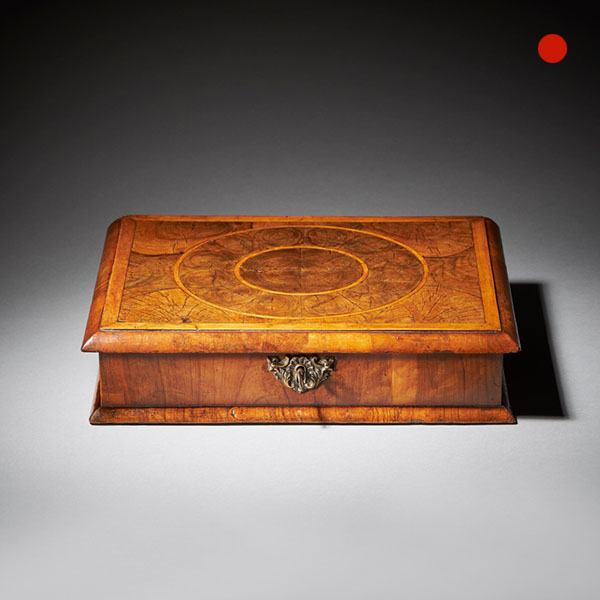
A Fine William and Mary 17th-Century Olive Oyster Lace Box
A Fine William and Mary 17th-Century Olive Oyster Lace Box Sold Follow UsA Fine William and Mary 17th-Century Olive Oyster Lace Box A Fine Late 17th Century Olive Oyster 'Lace Box' of Small Proportions. Circa 1680-1690 England. The...
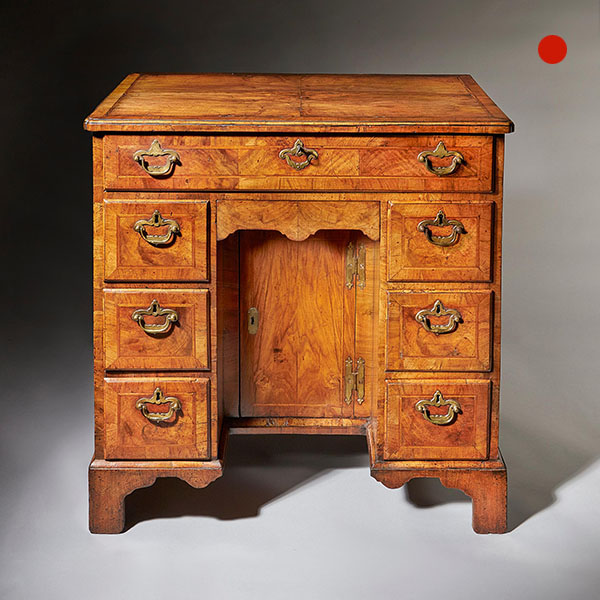
Figured Walnut George II 18th Century Kneehole Desk Attributed to Elizabeth Bell
Figured Walnut George II 18th Century Kneehole Desk Attributed to Elizabeth Bell £7,600 Follow UsFigured Walnut George II 18th Century Kneehole Desk Attributed to Elizabeth Bell A Fine George II Figured Walnut Kneehole Desk Attributed to...

Diminutive 17th century William and Mary Olive Oyster Miniature Chest of Drawers
Diminutive 17th century William and Mary Olive Oyster Miniature Chest of Drawers Sold Follow UsDiminutive 17th century William and Mary Olive Oyster Miniature Chest of Drawers From the reign of King William & Queen Mary (1688-1702)...

George II Burr/Burl Walnut Caddy Topped Chest, circa 1730-1740
George II Burr/Burl Walnut Caddy Topped Chest, circa 1730-1740 SOLD Follow UsGeorge II Burr/Burl Walnut Caddy Topped Chest, circa 1730-1740 An important George II burr walnut caddy topped chest, circa 1730-1740. With firm...
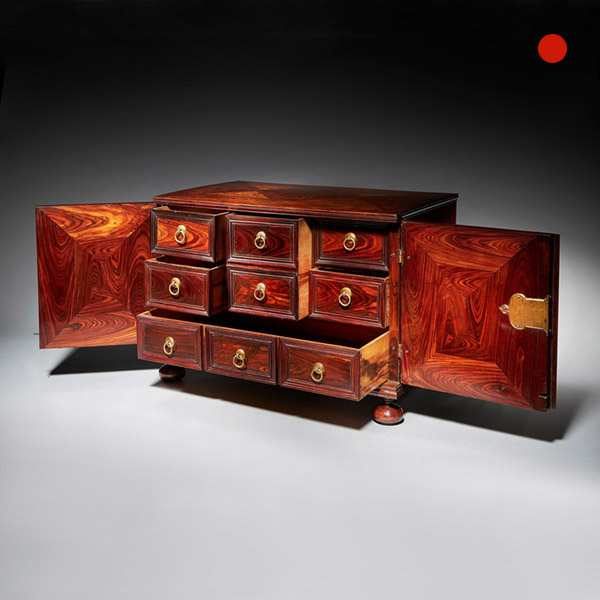
Extremely Rare and Fine Miniature Kingwood Table Cabinet from the Reign of Charles II
Extremely Rare and Fine Miniature Kingwood Table Cabinet from the Reign of Charles SOLD Follow UsExtremely Rare and Fine Miniature Kingwood Table Cabinet from the Reign of Charles Extremely rare and fine miniature kingwood table cabinet from...
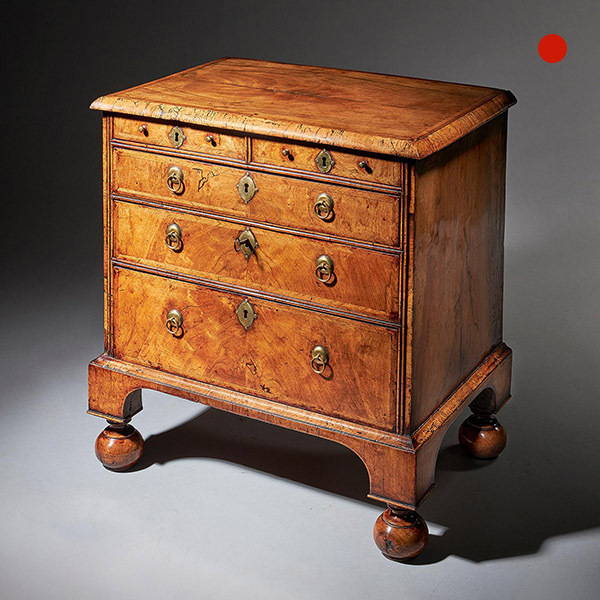
An extremely rare George I walnut chest of small proportions on ball and bracket
An extremely rare George I walnut chest of small proportions on ball and bracket SOLD Follow UsAn extremely rare George I walnut chest of small proportions on ball and bracket The cross-grain moulded and feather banded book-matched top sits...

A Fine William and Mary 17th-Century Olive Oyster Lace Box
A Fine William and Mary 17th-Century Olive Oyster Lace Box Sold Follow UsA Fine William and Mary 17th-Century Olive Oyster Lace Box A Fine Late 17th Century Olive Oyster 'Lace Box' of Small Proportions. Circa 1680-1690 England. The...

Figured Walnut George II 18th Century Kneehole Desk Attributed to Elizabeth Bell
Figured Walnut George II 18th Century Kneehole Desk Attributed to Elizabeth Bell £7,600 Follow UsFigured Walnut George II 18th Century Kneehole Desk Attributed to Elizabeth Bell A Fine George II Figured Walnut Kneehole Desk Attributed to...

Diminutive 17th century William and Mary Olive Oyster Miniature Chest of Drawers
Diminutive 17th century William and Mary Olive Oyster Miniature Chest of Drawers Sold Follow UsDiminutive 17th century William and Mary Olive Oyster Miniature Chest of Drawers From the reign of King William & Queen Mary (1688-1702)...

George II Burr/Burl Walnut Caddy Topped Chest, circa 1730-1740
George II Burr/Burl Walnut Caddy Topped Chest, circa 1730-1740 SOLD Follow UsGeorge II Burr/Burl Walnut Caddy Topped Chest, circa 1730-1740 An important George II burr walnut caddy topped chest, circa 1730-1740. With firm...

Extremely Rare and Fine Miniature Kingwood Table Cabinet from the Reign of Charles II
Extremely Rare and Fine Miniature Kingwood Table Cabinet from the Reign of Charles SOLD Follow UsExtremely Rare and Fine Miniature Kingwood Table Cabinet from the Reign of Charles Extremely rare and fine miniature kingwood table cabinet from...

An extremely rare George I walnut chest of small proportions on ball and bracket
An extremely rare George I walnut chest of small proportions on ball and bracket SOLD Follow UsAn extremely rare George I walnut chest of small proportions on ball and bracket The cross-grain moulded and feather banded book-matched top sits...
YOU MAY ALSO LIKE
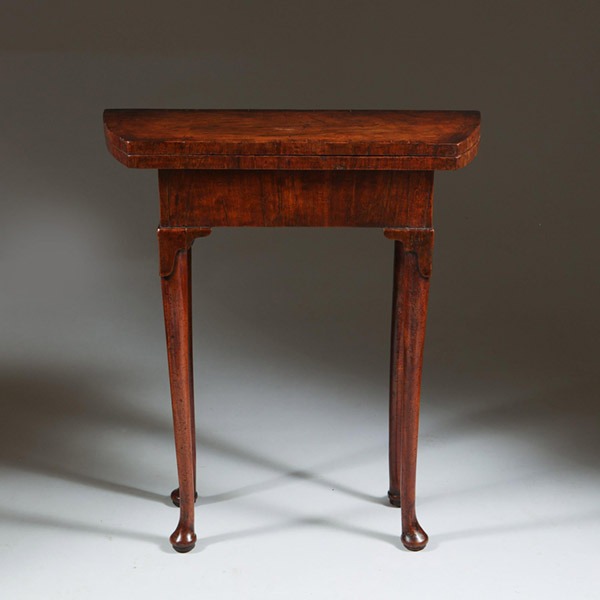
A Unique Early 18th Century Diminutive George I Figured Walnut Bachelors Table
A Unique Early 18th Century Diminutive George I Figured Walnut Bachelors Table £12,800Follow UsA...
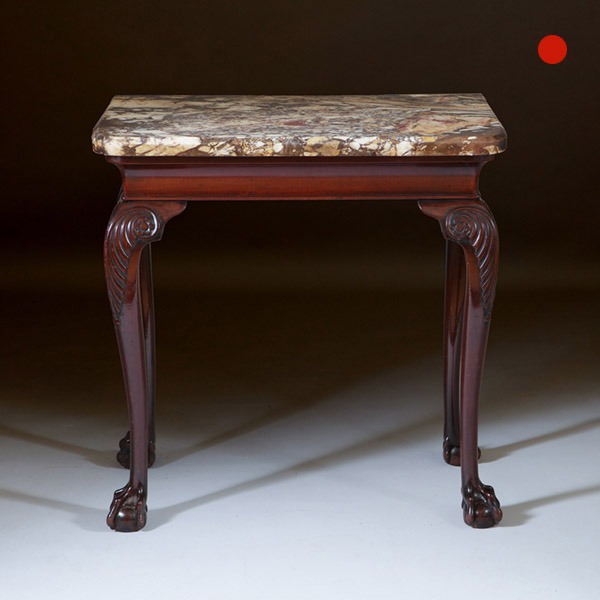
A Fine 18th Century George II Mahogany Marble Topped Console Table, Ireland
A Fine 18th Century George II Mahogany Marble Topped Console Table, Ireland SoldFollow UsA Fine...
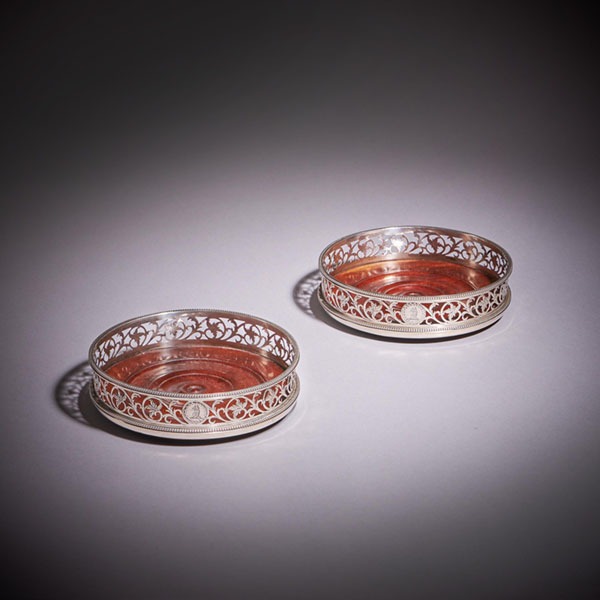
A Fine Pair of 18th Century George III Silver Engraved Open Fret Wine Coasters
A Fine Pair of 18th Century George III Silver Engraved Open Fret Wine Coasters £3,600Follow UsA...
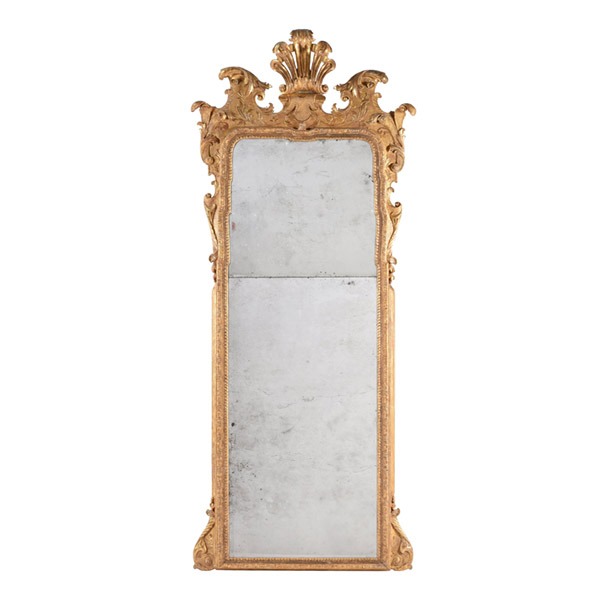
A Large 18th Century George I Gilt-Gesso Pier Glass, Attributed to John Belchier
A Large 18th Century George I Gilt-Gesso Pier Glass, Attributed to John Belchier £42,000Follow UsA...
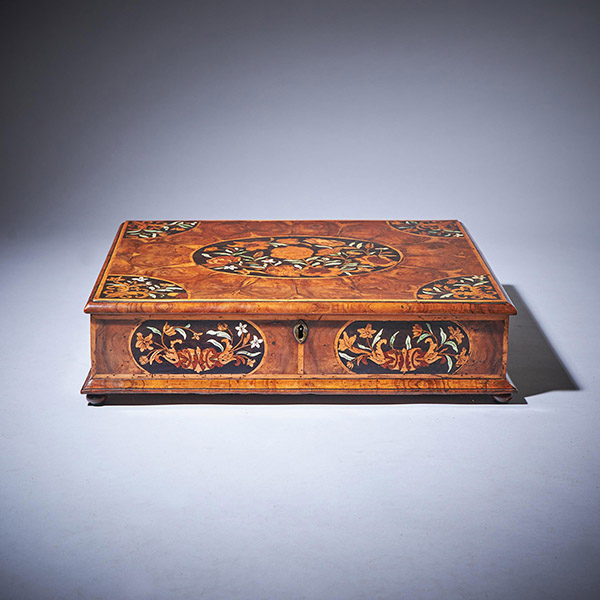
17th Century William and Mary Floral Marquetry Olive Oyster Lace Box, Circa 1685
17th Century William and Mary Floral Marquetry Olive Oyster Lace Box, Circa 1685 £16,000Follow...

A Fine 18th Century George II Figured Walnut Chest on Chest or Tallboy, 1740
A Fine 18th Century George II Figured Walnut Chest on Chest or Tallboy, 1740 £14,000[wpforms_selector form_id="11387" _builder_version="4.22.1" _module_preset="default" custom_margin="-30px||||false|false" hover_enabled="0"...

A Unique Early 18th Century Diminutive George I Figured Walnut Bachelors Table
A Unique Early 18th Century Diminutive George I Figured Walnut Bachelors Table £12,800Follow UsA...

A Fine 18th Century George II Mahogany Marble Topped Console Table, Ireland
A Fine 18th Century George II Mahogany Marble Topped Console Table, Ireland SoldFollow UsA Fine...

A Fine Pair of 18th Century George III Silver Engraved Open Fret Wine Coasters
A Fine Pair of 18th Century George III Silver Engraved Open Fret Wine Coasters £3,600Follow UsA...

A Large 18th Century George I Gilt-Gesso Pier Glass, Attributed to John Belchier
A Large 18th Century George I Gilt-Gesso Pier Glass, Attributed to John Belchier £42,000Follow UsA...

17th Century William and Mary Floral Marquetry Olive Oyster Lace Box, Circa 1685
17th Century William and Mary Floral Marquetry Olive Oyster Lace Box, Circa 1685 £16,000Follow...

A Fine 18th Century George II Figured Walnut Chest on Chest or Tallboy, 1740
A Fine 18th Century George II Figured Walnut Chest on Chest or Tallboy, 1740 £14,000[wpforms_selector form_id="11387" _builder_version="4.22.1" _module_preset="default" custom_margin="-30px||||false|false" hover_enabled="0"...













